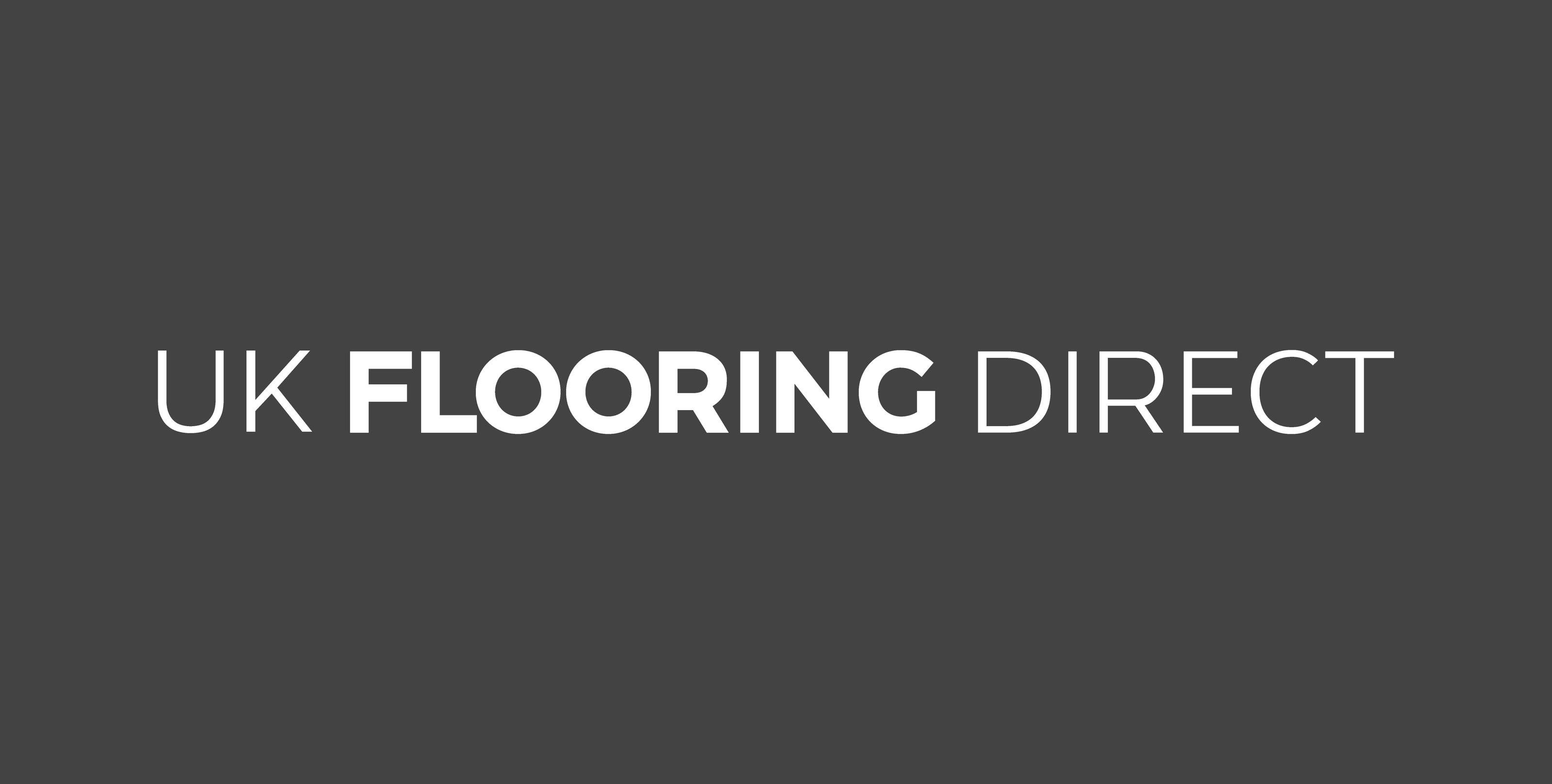
Megastore will be back soon.
We are currently working on a new version of The Flooring Megastore and we will be open for business later in the year.
Enter your email below and we will notify
you once we are back open.
We are here to answer your questions
Are you an existing customer?
What about my order?
If you have an existing order with us then rest assured it is safe and sound and will be delivered to you soon.
Information around delivery
Terms and Conditions
All deliveries are made to kerbside or driveway, depending on the layout of the property. Deliveries are made to customers on vehicles in all shapes and sizes, ranging from small vans all the way up to 18-tonne articulated lorries so if you are aware of access restrictions of any kind, or a particular route the driver should take with his vehicle to ensure a smoother delivery to you, please ensure you provide us with this information in the Special Instructions box during checkout.
Failed Deliveries
If your order arrives as arranged but we're unable to deliver because there's nobody home, the goods are refused, there's inadequate help available, or the order is changed/cancelled within 48 hours of your delivery, you will be liable for any additional costs incurred for the goods being returned. The return delivery charge for failed deliveries is £20 or £0.70 per kg if the weight is over 29kg.
If after a failed delivery you do not re-arrange delivery, we will contact you for further instructions and may charge you for storage costs and any further delivery costs. If, despite our reasonable efforts, we are unable to contact you or re-arrange delivery we may end the contract.
Order not as expected
It is important to check the packages for any visual damage to the goods. In the rare event that you receive damaged goods or there are missing items, please make sure it is noted on the courier's paperwork. If you are not able to inspect the goods at the point of delivery, we strongly suggest that you contact us directly as soon as possible to make sure we are aware of the problem so that we can resolve it swiftly.
Restricted zones
Unfortunately, Flooring Megastore is currently unable to deliver to any of the following areas and addresses: Northern Ireland; BFPO addresses; Scottish Islands including Arran, Lewis, Mull, Islay, Uist, Barra, Orkney, Shetland, Lewis and Harris; Isle of Man and Isles of Scilly.
Please note the delivery time for the Scottish Highlands will take up to 2 weeks from the date of despatch, and Devon and Cornwall will take up to 1 week from the date of despatch.
Please note
- The delivery timeframes and speed information provided on this page is provided in good faith and we will always do our very best to ensure your order arrives within the timeframe / delivery speed stated.
- Deliveries do not take place on bank holidays.
- Most products shown on our website have their own individual lead times required to allow time to arrive into our distribution centre to then be dispatched out to you. The information provided on this page does not cover the lead times for products. If you want to learn more on how long it will take for certain products to be with you, please call or email our friendly team with all information to hand and they will be able to assist with estimated order turnaround times.
I need to return my order
14-day cooling off period:
You have 14 days to decide whether you want to keep your product or not. If for some reason you decide to cancel your contract with us and return your product for a refund, you are fully within your rights to do so. Your 14-day cooling off period begins the day after you receive our order acceptance email (not to be confused with the order acknowledgement email). The refund will be processed as quickly as possible, within 14 days of your cancellation notice. Please note that you will be responsible for organising return of the goods via a 3rd party courier and any costs that incurs. Customers cannot return the goods to our Head Office & Distribution Centre as we do not accommodate public visits for health and safety reasons.
Carpet/Vinyl/Bespoke material orders:
If your order is considered to be a bespoke order then we cannot accept a return or cancellation of contract of the product. As the product was made specifically for you, your statutory rights by law to cancel do not apply. If your order is not considered bespoke, you are eligible to organise your own return to our distribution centre. Upon arrival into our distribution centre the item/s will be thoroughly inspected by our warehouse team to ensure no transport damage has occured. Please be advised that the goods remain your responsibility whilst they make their way back to our distribution centre so please ensure they are well packaged to avoid any damage. If the goods are found to have sustained damaged during transit we will notify you by email with photos attached and shall advise of the deduction value off the total refund due. Your refund will be processed in accordance with it's return condition and manufacturer restocking charge (if applicable) which can vary between 10 - 50%.
Boxed items:
Some boxed items (laminate flooring, carpet tiles, luxury vinyl tiles, wood flooring etc.) can be returned as long as the boxes arrive in a completely unopened, resalable condition and are not damaged in anyway. Upon arrival into our warehouse the item/s will be thoroughly inspected to ensure no transport damage has occured. Please be advised that if it is found to be damaged this may result in deductions off of the final value we refund to you so the products being returned to our warehouse remain the responsibility of the customer until signed for upon arrival. Your refund will be processed in accordance with it's return condition and manufacturer restocking charge (if applicable) which can vary between 10 - 50%.
Non-consumer orders:
Our 14-day cooling off period does not apply to orders made by non-consumers. Refunds will only be honoured if we did not supply you with the product that was ordered. Normal deductions will apply to all refunds, including costs accrued from handling or from use by you, and any drop in the product's value caused by you.
Your responsibilities:
It is the customer's responsibility to arrange collection of the goods eligible for return to our distribution centre. The goods must be completely unopened, and must arrive to our distribution centre in an acceptable, re-salable condition. Upon arrival into our distribution centre our warehouse team will inspect the goods to ensure it's arrived safely for re-sale or collection by the manufacturer ready for restocking. The goods and the condition they return to us in remain the responsibility of the customer until they are signed for and accepted into our distribution centre so we strongly recommend that you use an insured courier to handle your return. Please note we cannot accommodate public visits to drop off goods due to health and safety reasons. Your refund will then be processed in accordance with the manufacturer's restocking charges which vary between 10 - 50%. Please contact us if you wish to confirm if a restocking charge will apply to your goods returning and what the percentage is.
Distribution Centre address:
The address to send the return to is:
Keswick Flooring T/A FlooringMegastore.co.uk
Purfleet Bypass
Purfleet, ESSEX
RM19 1TT
PLEASE NOTE: Before organising a return to the above address you have have pre-agreed confirmation from our sales team and it must arrive via a 3rd party courier. Failure to receive confirmation from our sales team you are eligible for return, will result in refusal by our warehouse team upon arrival.
I need to speak to someone
Our service team are still available. Simply email us at info@flooringmegastore.co.uk and our team will ensure your query is answered.
Still looking for flooring?
-
 Visit Flooring Supplies
Visit Flooring SuppliesThe first online flooring supplier, established in 1985, Flooring Supplies offers leading brands in the market, from Karndean, Quick-step, Kahrs and more.
-
 Visit UK Flooring Direct
Visit UK Flooring DirectThe UK's Largest Online Flooring Retailer, UK Flooring Direct is the home of high-quality flooring products and accessories for both retail and trade.


